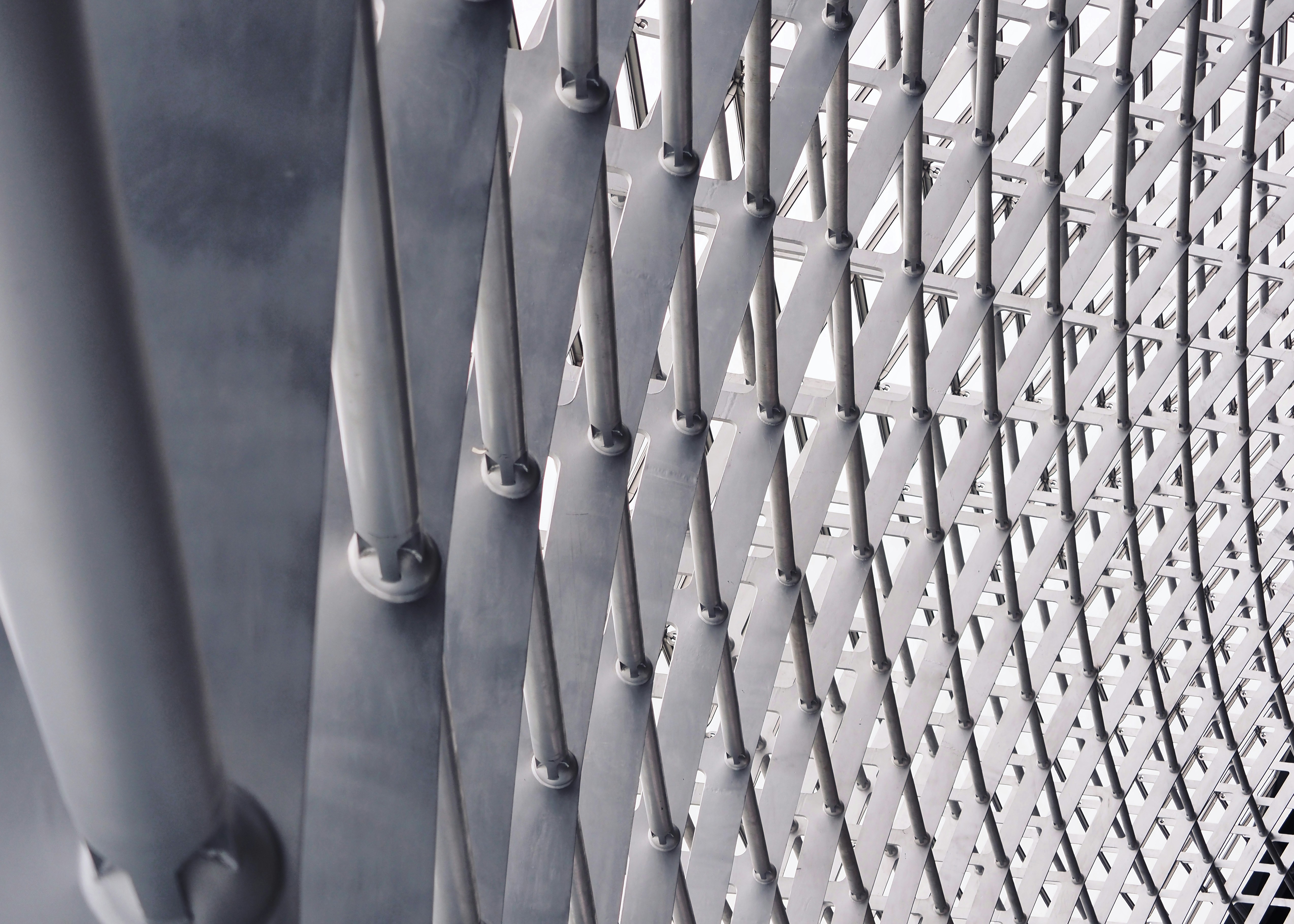Lincoln Minerals Limited Achieves 99.97% Battery-Grade Graphite Purity with HF-Free Process, Boosting ESG and Energy Transition Prospects
Monday, June 2, 2025
at
6:03 pm
Lincoln Minerals Limited reports breakthrough test results from its Kookaburra Graphite Project, achieving 99.97% battery-grade purity using an HF-free process. This innovative, safer, and eco-friendly approach supports Australia’s national battery strategy and could unlock significant downstream value for anode material production.
Lincoln Minerals Limited announced remarkable test results from its Kookaburra Graphite Project in South Australia, confirming that the material can reach 99.97% total graphitic carbon (TGC) purity – well above the industry benchmark of 99.95% TGC required for lithium-ion battery anode production. Multiple test runs conducted at two independent laboratories have validated that the project's battery-grade graphite can be produced without resorting to hydrofluoric acid, a move that not only enhances safety and environmental credentials but also reduces the capital and operating costs typically associated with conventional purification processes.
The technical study, forming part of the company’s Battery Anode Material (BAM) Scoping Study, involved a comprehensive sequence of sampling, micronisation, and spheronisation steps. Samples with an average grade of 94.92% TGC were processed and then subjected to both acidic and alkaline leaching, with subsequent thermal treatments achieving peak purities around 99.96–99.97% TGC. Detailed analysis, including impurity detection and evaluation of key performance metrics such as Loss on Ignition (LOI), tap density, BET surface area, and particle size distribution, underscores the robustness of these findings. Competent persons overseeing the metallurgical and exploration aspects, Mr Clint Bowker and Mr Shane O’Connell respectively, ensured that the process met both the Australian Securities Exchange listing rules and the JORC Code requirements.
Beyond confirming the viability of anode-grade graphite, the results highlight significant downstream potential – notably in producing Purified Spheronised Graphite (PSG), which commands premium pricing in global markets. The project’s technical advancements dovetail with Australia’s National Battery Strategy and local government initiatives aimed at boosting a clean, secure, and vertically integrated battery materials supply chain. Lincoln Minerals now plans further test work using fresh concentrate samples to fine-tune the purification, micronisation, and spheronisation processes, aiming to fully qualify the feedstock for incorporation into lithium-ion battery cells.
The sentiment emerging from this announcement carries both bullish and bearish tones. On the bullish side, the attainment of ultra-high purity levels without using hydrofluoric acid positions the project as a safer, lower-cost alternative in a market increasingly focused on sustainability and ESG standards. The alignment with national battery strategies and potential for added value in downstream products further enhances the long-term prospects. Conversely, the bearish outlook centers on the reliance on ongoing and future test work to confirm scalability and consistency beyond the initial trench sample. Additionally, uncertainties remain regarding whether the current results, derived from limited sampling areas, will be fully representative as the project scales up.
Overall, Lincoln Minerals Limited’s breakthrough in producing battery-grade graphite positions the company favorably in the growing battery materials sector, while future phases of rigorous testing and qualification will be key to unlocking its full commercial potential.




